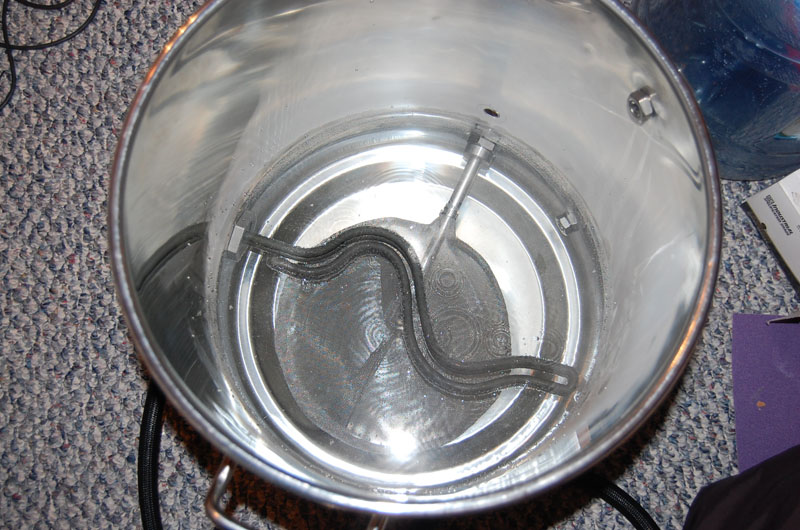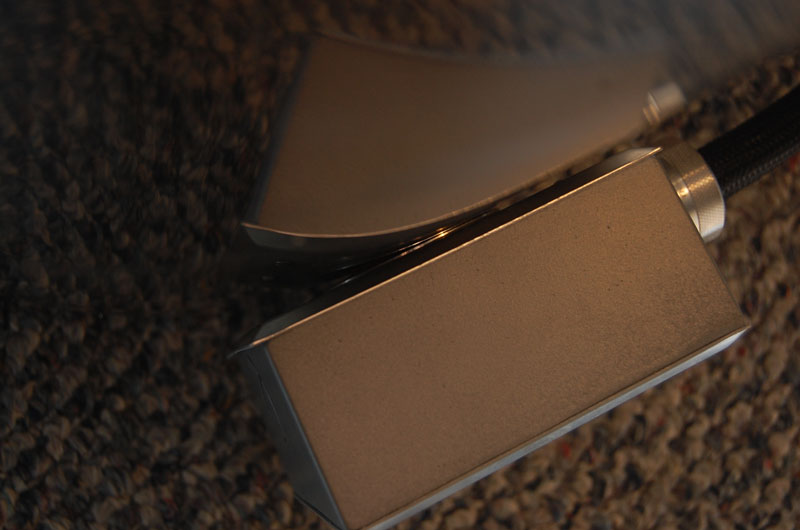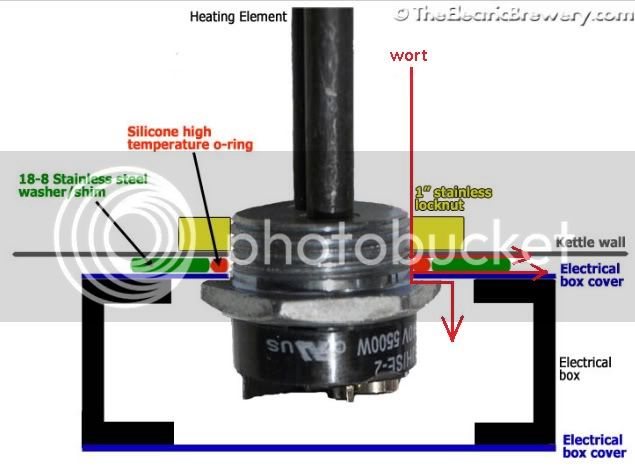I don't agree.
Here is a good reference on o-rings by an o-ring manufacturer.
Some key points from page 5:
-The o-ring's circular cross section is also appealing because it is adaptable to axial, radial, or angular squeeze.
-o-rings seal in both directions
-the o-ring is flexible and absorbs metal tolerance stack-up
It is true that we are not using a water element as it was designed to be used. I think we all know that. It comes with a square profile gasket. We discard that and use the high temp silicone o-ring. We are using o-rings as they were designed to be used. It doesn't matter which two surfaces are mated, as long the o-ring is sufficiently compressed to create a seal.
Your not accounting for the curvature of the kettle and the uneven force being applied.
rsklhm10:
Read your post again
rsklhm10 said:
I do believe on more than one occasion you have set forth that your mount is a better concept than kal's and "cannot" leak. If it cannot leak, that would lead almost everyone to believe your mount is "waterproof." However, now you indicate it is splash proof, but better because you have tack welded the element and proceeded to use silicone
You're talking about two different concepts.
1. Leakage, which is the concept that water leaks out of the kettle through this particular fitting. I do believe, through the test I did, that this method leaks less because you can get more pressure applied to the o-ring without the washer being in there. Regardless, you have heard me say that if mine does leak, it leaks on to the floor and NEVER has a chance to get in the electrical box because the element flange is exterior of the box. Again, the bigger the kettle the less likely a leak will develop and drip out of the keg, but in the Kal design, it can get behind the metal cover that is bolted on.
2. Splash proof vs water proof. This concept is in regards to some mishap such as boil over or external splash of water, such as during cleaning. This design is no less splash proof than Kal's. Which I have already stated, that we have equality in the aspect of our design. This is a situation where the use of silicone is also appropriate. Think about the caulk around your bath. Same concept here except for my gaps are FAR smaller and much more capable of using a sealant because it acts as a gasket rather than a barrier.
The aspect we should be most concerned with is number 1. Most importantly because we can not see inside the box while running. If there is a leak from the kettle that gets inside the box there is a very dangerous situation. That is only possible with a design where the o-ring does not meet directly with the flange.
And I will say it again, bigger kettles will have a significantly smaller chance of leaking with any type of mount. They have much less curvature and apply a more even pressure on the o-ring. As you tighten the o-ring on a contoured surface it will tend to squeeze outward where there is less pressure. In Kal's design the washer is required because without it, on small kettles, there is a much greater chance that the o-ring does not squeeze in enough to mate with the element shaft. That risk is eliminated with an 0-ring to flange connection. Even if it does leak, you know it within seconds and can address it.
Edit: Lets make sure when discussing we are talking about the same thing. Leakage from the kettle or splashes from outside factors.































![Craft A Brew - Safale BE-256 Yeast - Fermentis - Belgian Ale Dry Yeast - For Belgian & Strong Ales - Ingredients for Home Brewing - Beer Making Supplies - [3 Pack]](https://m.media-amazon.com/images/I/51bcKEwQmWL._SL500_.jpg)






























